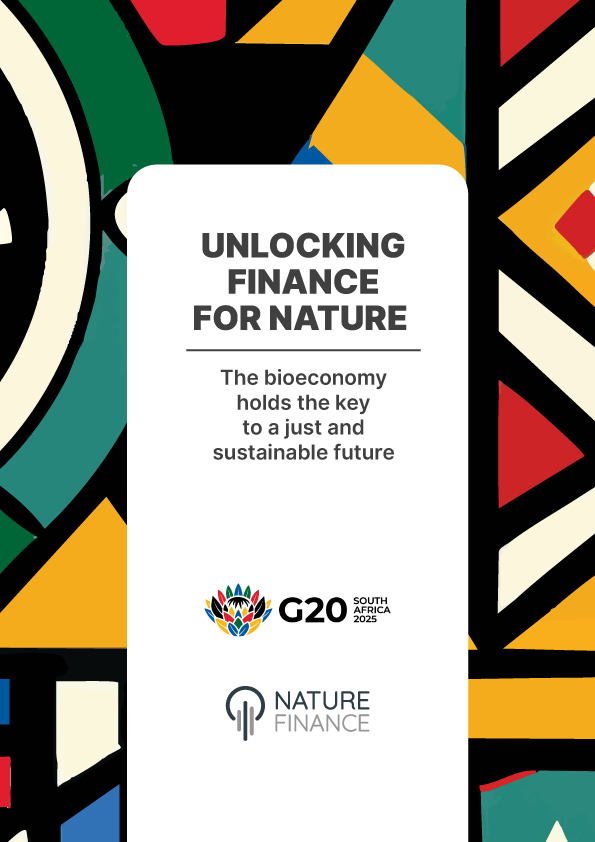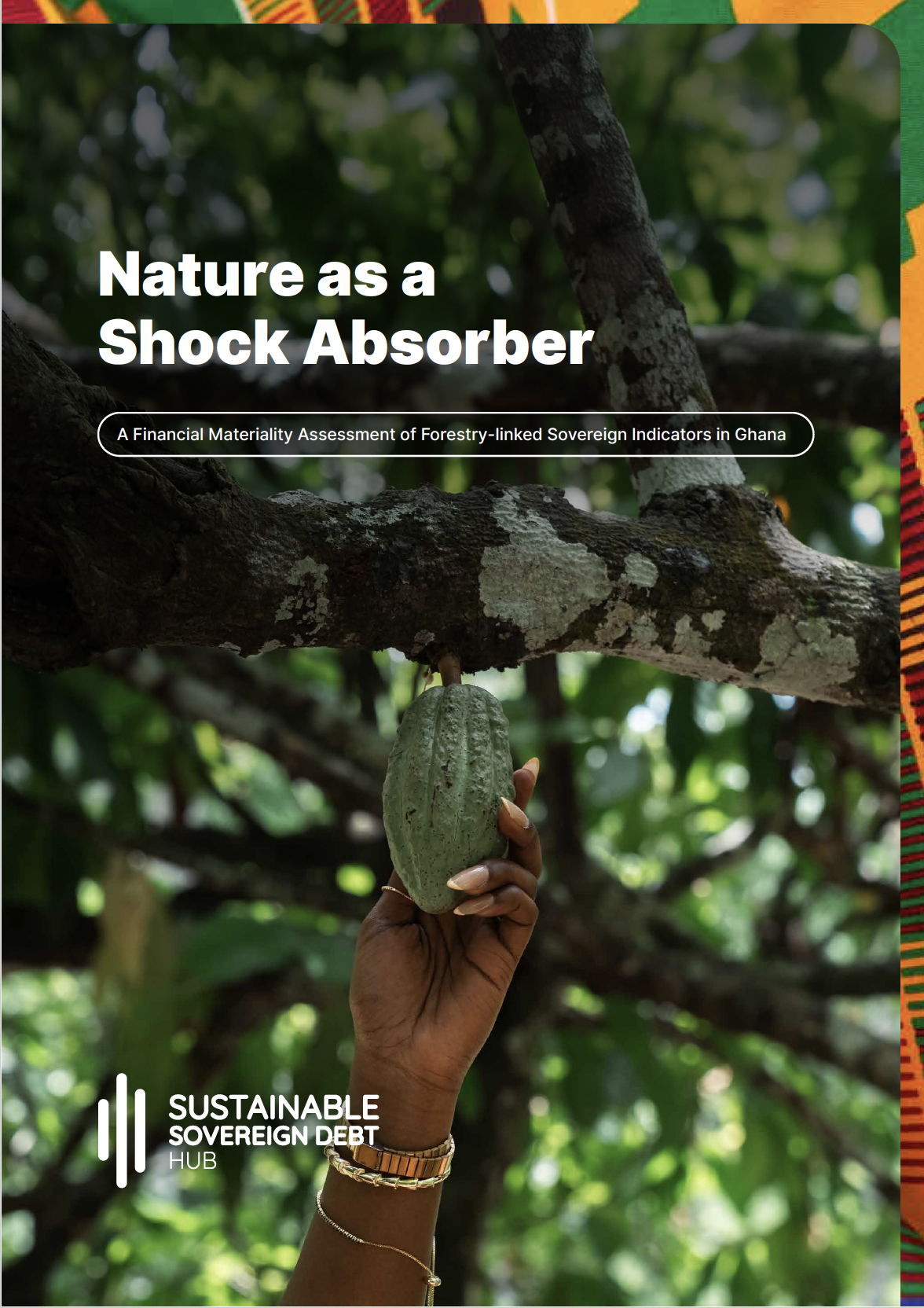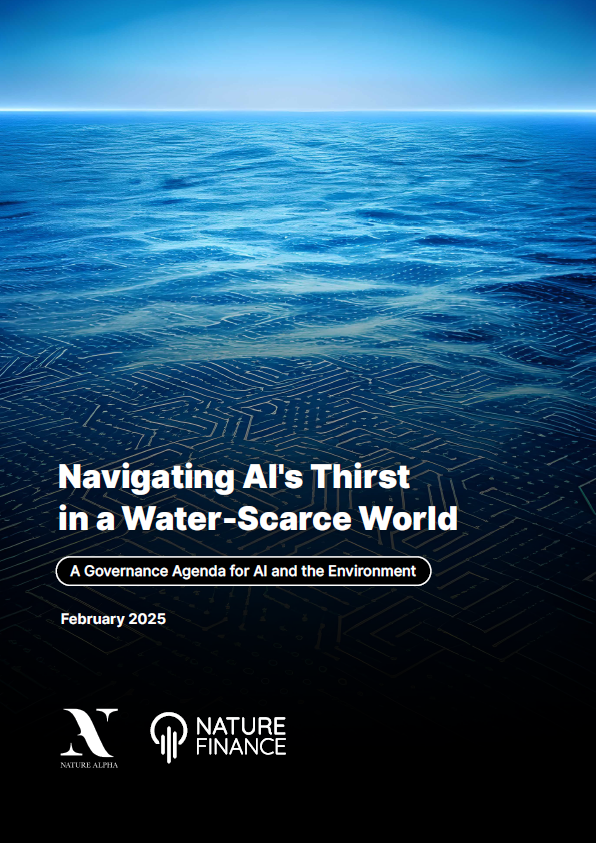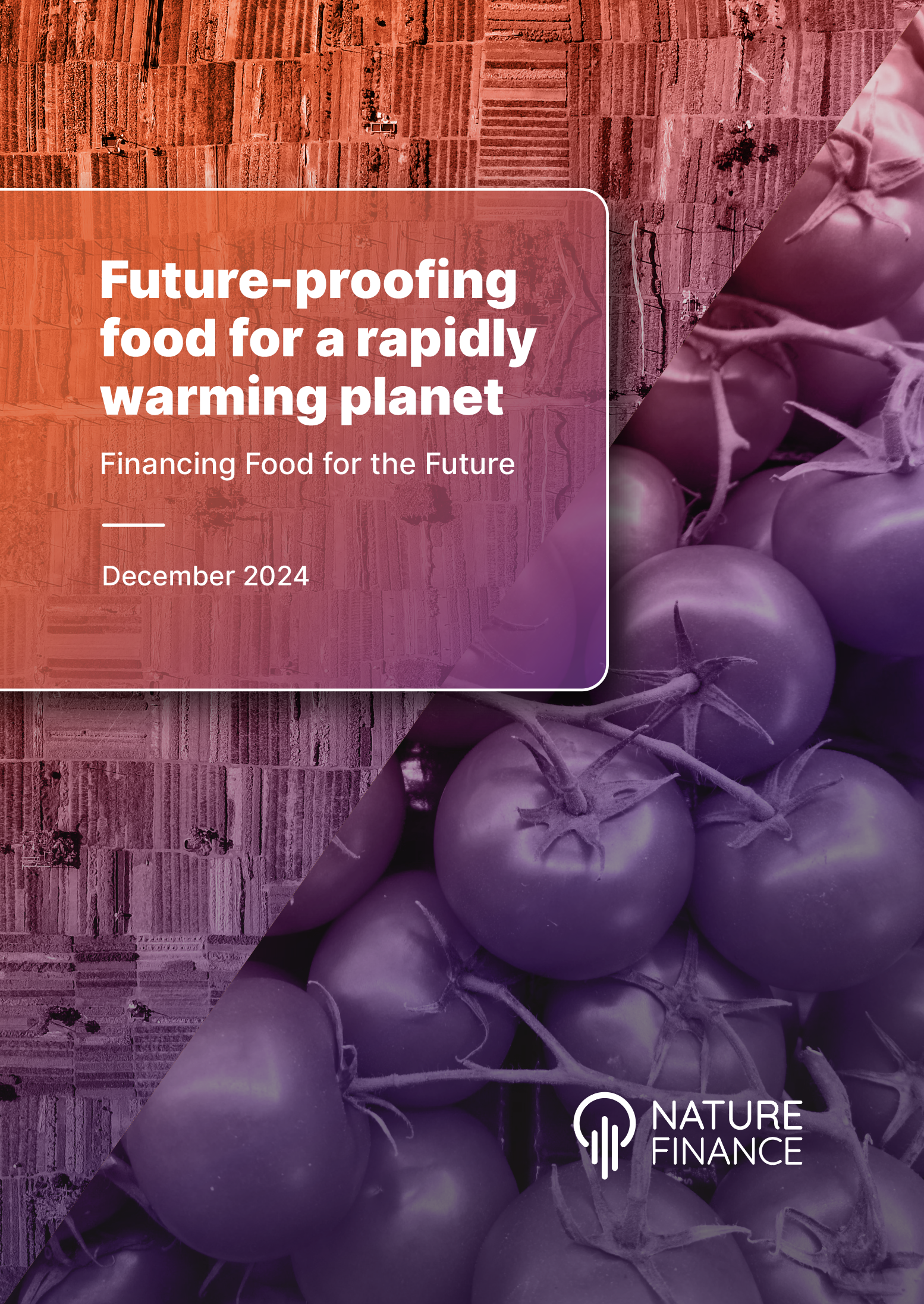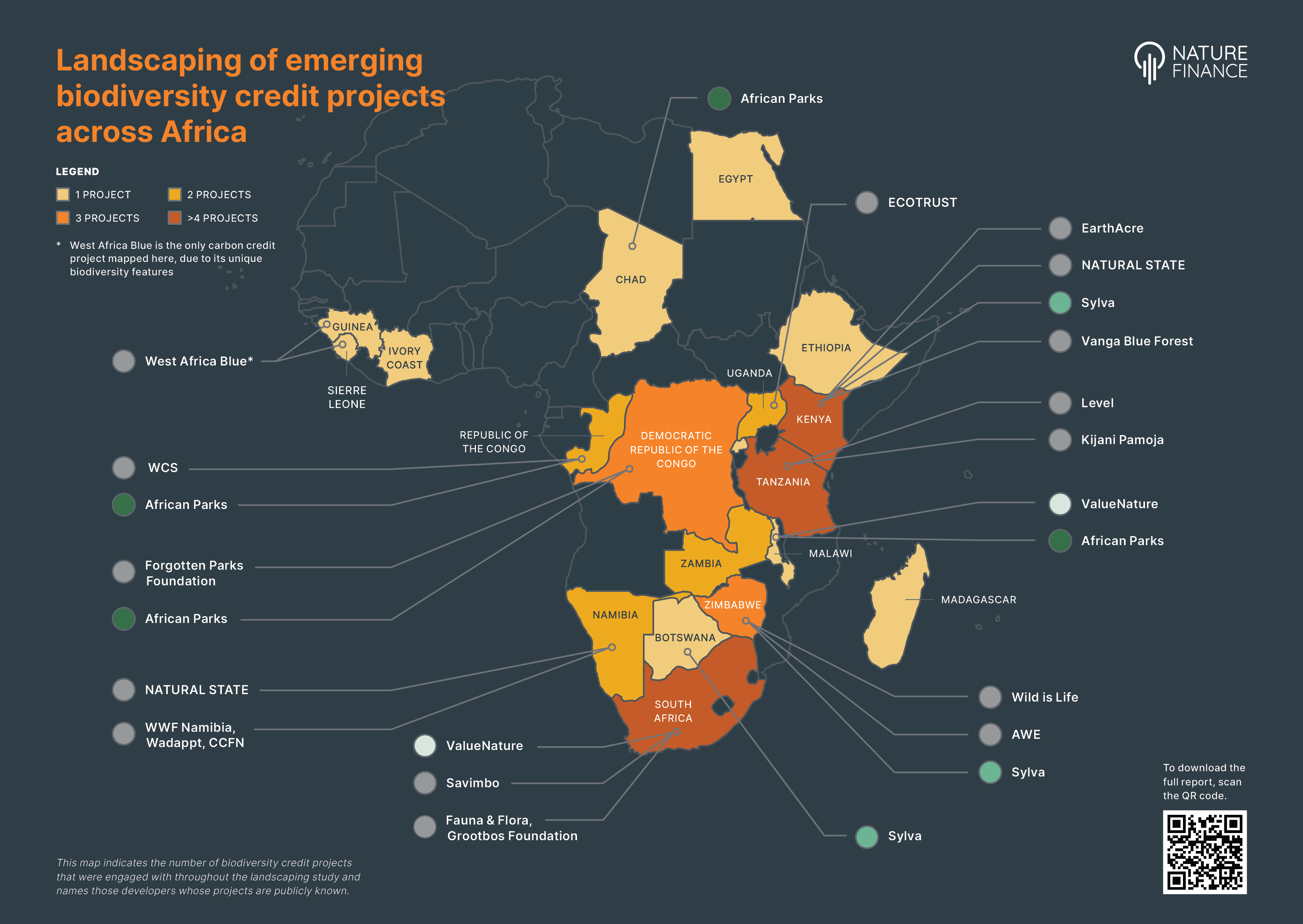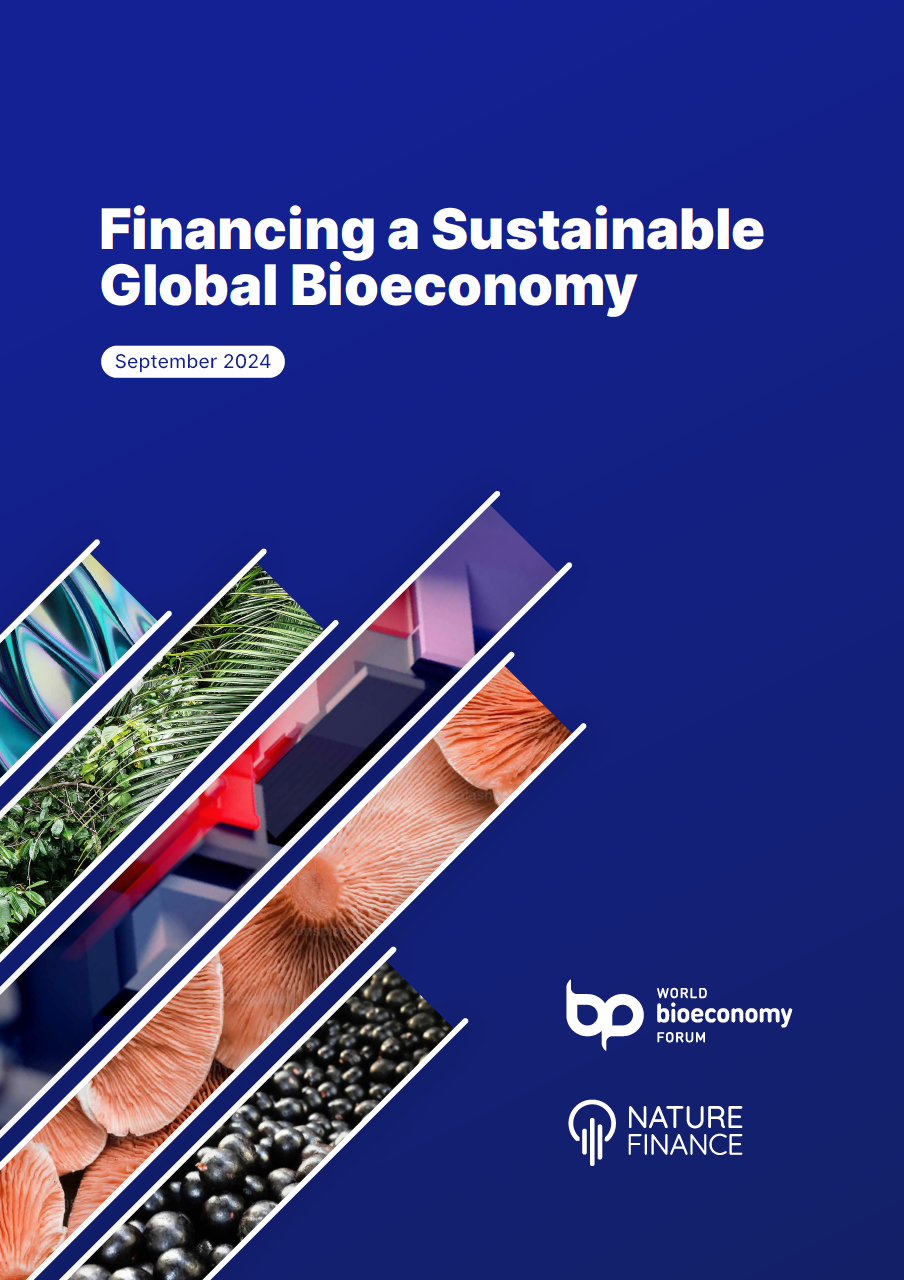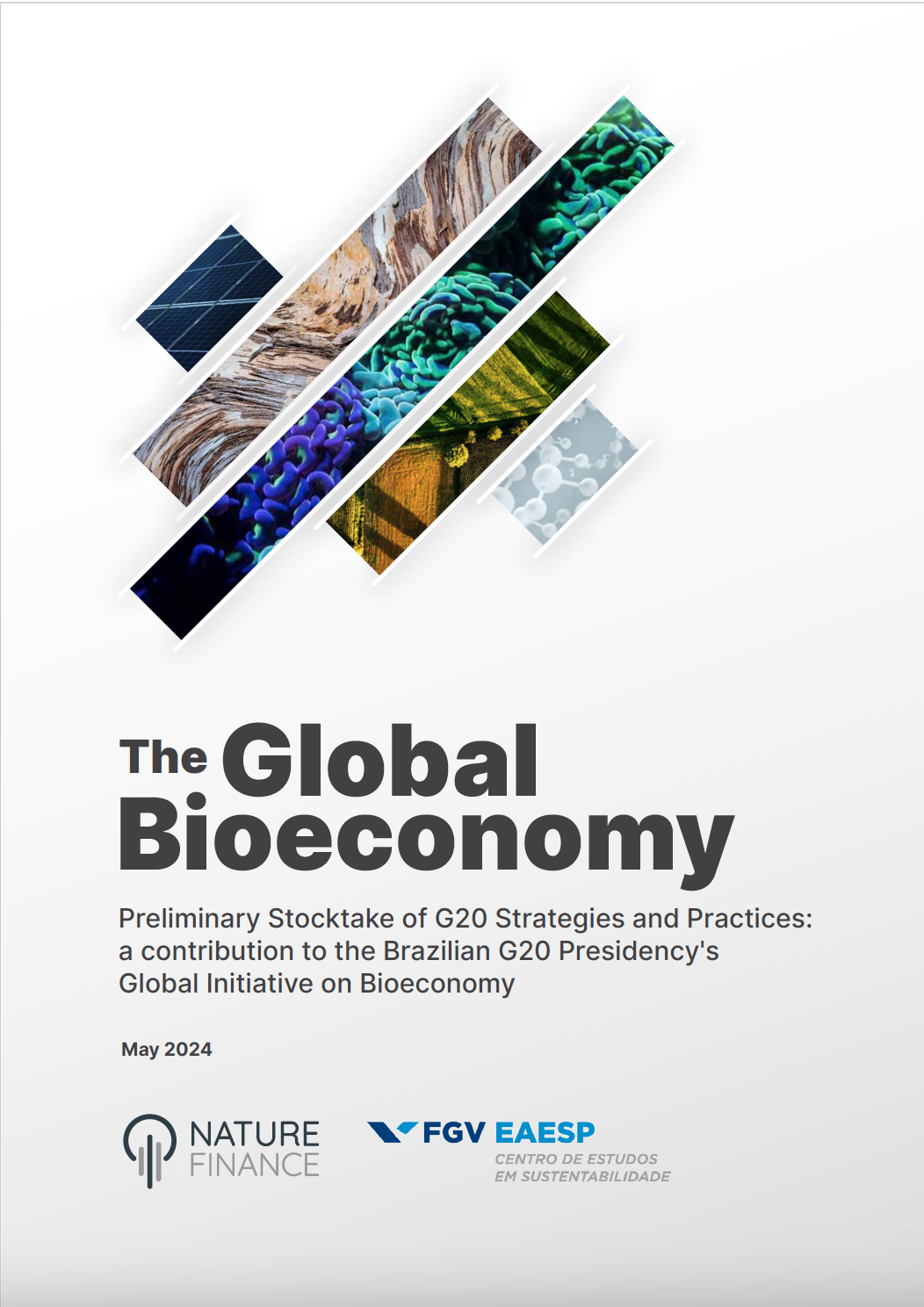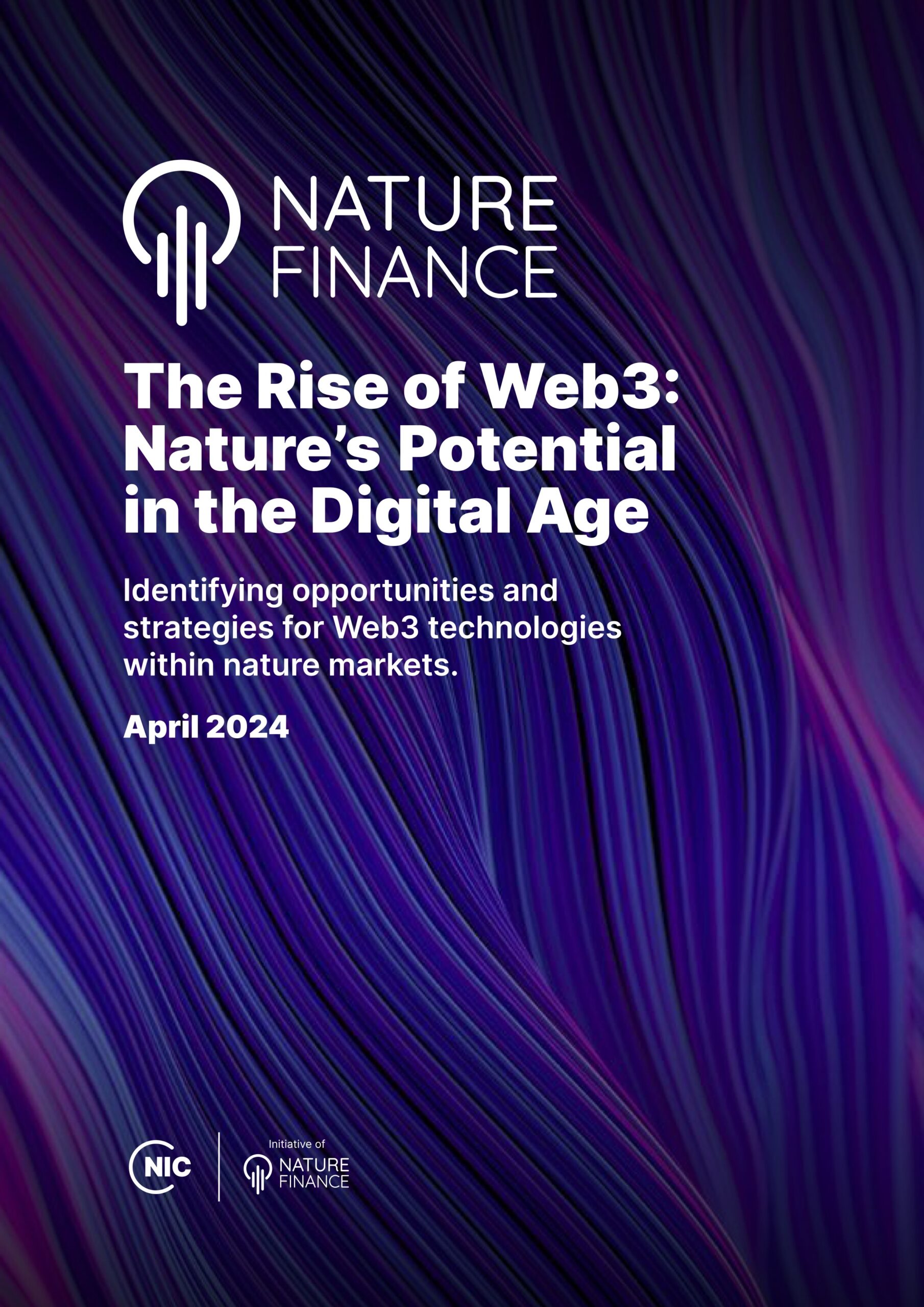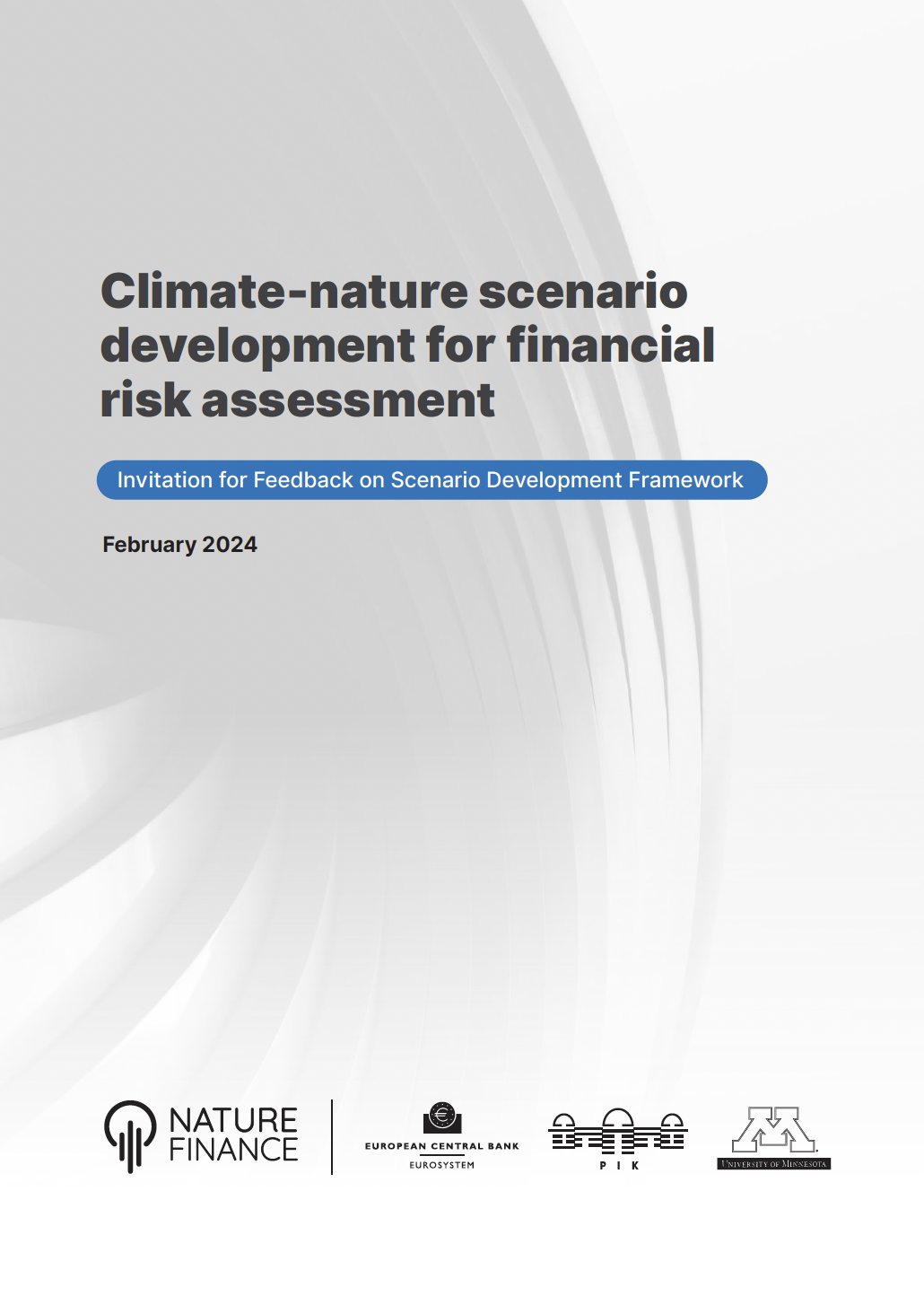The degradation of nature, including biodiversity loss, is a substantial threat to humanity, the economy and financial stability. This is why financial stakeholders can benefit from frameworks that model scenarios and risks which provide a comprehensive understanding of integrated climate- and nature-related economic and financial risks.
NatureFinance has partnered with the Potsdam Institute for Climate Impact Research (PIK), the European Central Bank (ECB) and the University of Minnesota on a project to explore the feasibility of developing an integrated climate-nature scenarios modelling framework. The central question the project sought to answer was whether integrating climate and nature-related risks into scenario analysis would yield a materially different assessment of these risks. The answer was yes.
It showed that a failure to integrate climate and nature policies would create heightened risks to economies, the climate and ecosystems. By integrating existing climate and nature policies and ambitions in different combinations within scenario narratives, the framework simulates potential transitions to achieve specific environmental targets. By combining macroeconomic and biophysical models, we are able to assess risks to biodiversity and ecosystem services, and economic risks to the agricultural and land use sector globally from 2020 to 2050.
About this report – presenting final project results
This new report follows a first interim report published in February 2024 which presented developed scenario narratives and modelling infrastructure. The updated report presents the modelled physical and transition risk indicators at the European Union and global level.
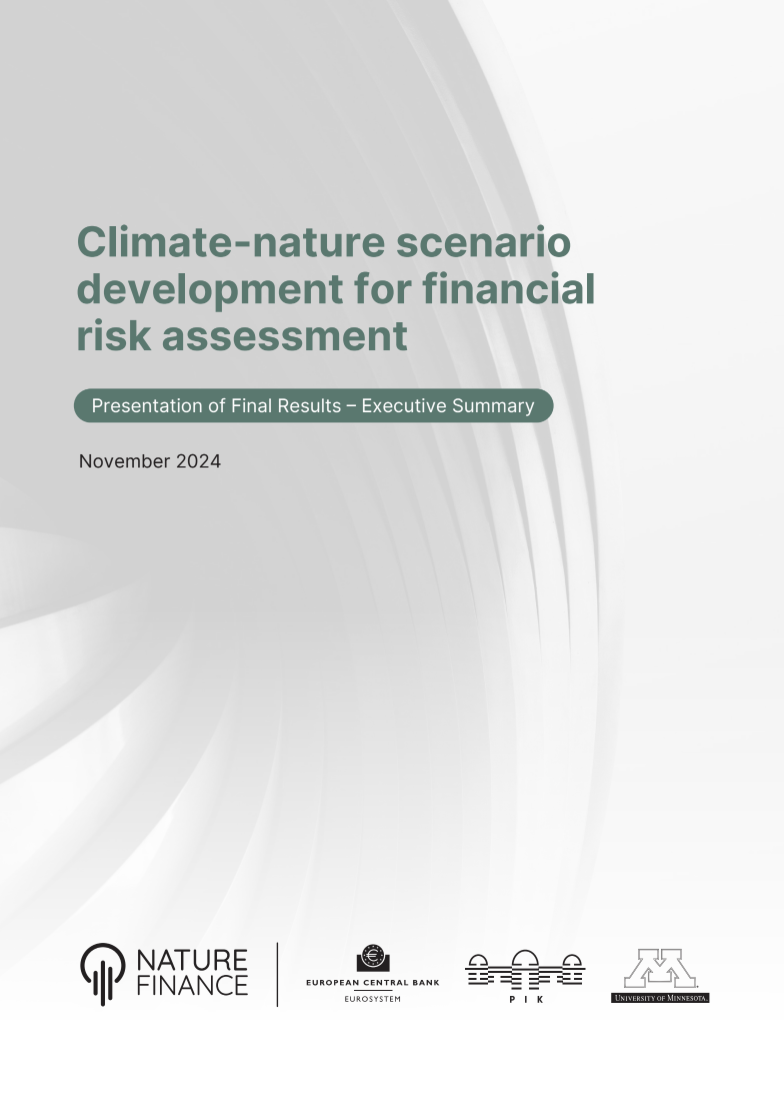
Key findings include:
- An integrated approach reveals material differences in estimated risks under varying climate and nature policy scenarios.
- The business-as-usual policy scenario leads to significant biodiversity loss and degradation of ecosystem services.
- The climate-only policy scenario does not safeguard biodiversity and presents significant economic risks to the agricultural sector.
- While integrated climate-nature policies still present economic risks, these risks are less pronounced than in scenarios where climate and nature are subject to siloed policies.
While the report marks significant progress in developing an integrated framework that better captures the scope of increased climate- and nature-related risks, it also recognises the limitations of the modelling approach and its underlying assumptions.
These likely lead to the underestimation of risks overall.
Despite these limitations, the project outputs represent a pivotal first step towards a comprehensive quantitative financial risk assessment framework by illustrating the interconnectedness of nature and climate policies. This offers foundational insights for central banks, financial regulators, and risk management experts.
The report emphasises the need for continued research to develop comprehensive nature-related stress tests that capture economy-wide financial risks associated with environmental changes. At the same time, it encourages immediate action by central banks and financial supervisors, which is essential to prevent further irreversible environmental degradation. Key actors can start adopting approaches that leverage existing datasets and knowledge, to ensure a proactive approach amidst uncertainty.
It is time for decisive action to address the interconnected threats of climate change and ecosystem collapse.
Download Full Report (English)
Download Executive Summary (English)
For more information:
Annia Costermani Visconti, Program Manager Nature Risk
